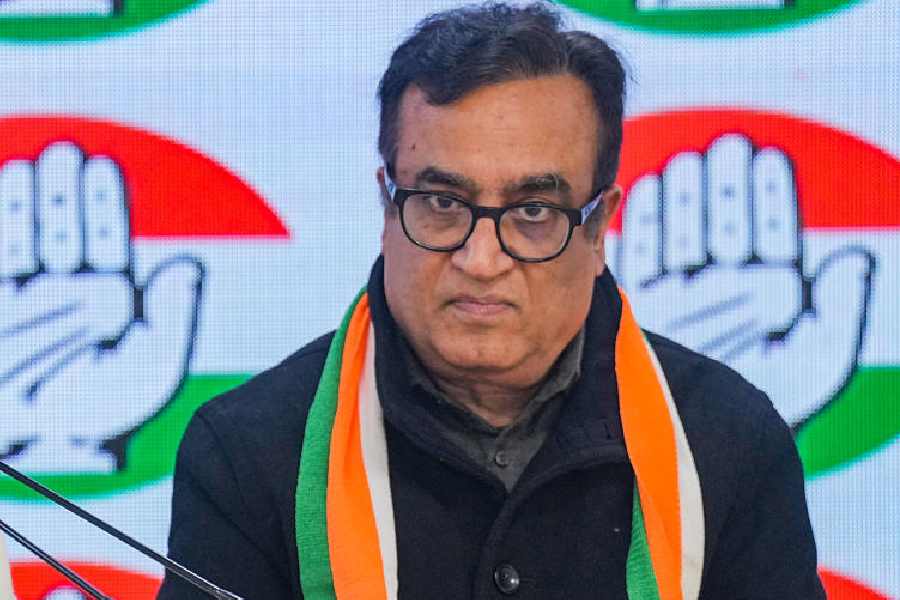Investing in fixed-income instruments is popular among Indians as most prefer a degree of certainty in the returns they expect. As the Reserve Bank Of India (RBI) has increased rates substantially over the past six months, interest rates and bond yields have soared, making a segment of debt investments quite attractive.
Fixed deposit interest rates have risen. However, as deposits are fully taxed at applicable slab rates, net returns tend to be less than the prevailing inflation rate.
Debt funds of various categories are available now with differing strategies. In a rising interest rate scenario, it may not be easy for investors to figure out which bond fund suits them.
Target maturity funds may be one of the ideal vehicles for investors to save for specific long-term goals.
One key aspect to note about these funds is the risk angle. These funds carry almost no credit risk and very little interest or duration risk, given the roll down strategy that is followed by them.
Here’s why target maturity funds could help you reach specific money goals with low volatility.
Yield curve anomalies
Because of inflationary pressures over the past couple of quarters, the RBI’s stance on interest rates has been hawkish, leading to a rise in interest rates. Bond prices and yields move inversely.
In a rising interest rate environment, the longer-term bonds get hurt the most as prices fall, thus affecting debt fund NAVs.
Debt funds broadly face two main risks — interest rate/duration and credit risks.
Liquid, overnight and ultra-short term debt fund categories have seen their yield-to-maturity increase from 3.5-4 per cent in November 2021 to 6.5-7 per cent in November 2022.
Although these funds are reasonably safe, returns can fluctuate depending on the interest rate movement. Ideally, these very short-term fund categories are suited for keeping your emergency money or as transit vehicles for sums to be moved to equity funds depending on market conditions. These funds aren’t for longterm goals.
The host of corporate bond, dynamic bond and duration funds require you to take calls on interest rates, yields, time-to-maturity for them to work for you. Though all of them serve varied purposes, there is an element of interest rate and credit risk involved.
Debt funds follow many strategies — accrual, buy and hold/roll-down, active management of duration and credit risk. It may be challenging for retail investors to choose the most suitable ones.
Low to moderate risk In light of the above arguments, one category of funds that would deliver returns at relatively low risk would be target maturity debt funds. These are open-ended debt funds that are passive — they track or mimic an underlying index. These indices are developed by the NSE and Crisil, taking into account the liquidity, outstanding issuances and maturity of the underlying bonds.
Target maturity funds invest in bonds issued by the central government (G-secs), State Development Loans (SDLs) issued by state governments and public sector undertakings (PSUs). As with g-secs, the issuance of SDLs is also managed by the RBI.
These funds either invest 100 per cent in the bonds mentioned or in a combination of the bonds and have a fixed maturity date. They are available across different tenures from 4-5 years and go up to 10-15 years.
Transparent selection
The bonds are selected based on a transparent index construction methodology created by the index provider and mature in line with target maturity date of the index/fund. For example, a fund maturing in, say, April 2032 will usually have bonds that mature within the last 12 months of that date.
Fund managers adopt buy and hold strategy. So, they buy the bonds based on the underlying index in the specified weightages and hold them till maturity and rake in the bond coupons. The fund’s average maturity period keeps rolling down in line with the residual maturity of the index.
Defined yield
The yield of the portfolio is known via the index yield at the time of the NFO. So, when you invest in a fund with a defined yield as on a particular day at a specific NAV, you effectively have visibility of yield if you hold the fund till maturity. Any exit before maturity would alter your returns depending on the volatility in the NAV of the fund based on the underlying bond movements.
Hence, there is low interest rate or duration risk because of the buy and hold strategy along with defined maturity in target maturity funds as opposed to constant maturity funds.
Since most of these funds invest only in AAA rated bonds of PSUs, which are usually Navaratnas/Maharatnas/Miniratnas, they are almost quasi-sovereign.
SDLs generally come with a few basis points higher yields than g-secs of comparable maturity depending on market conditions and are also quite safe.
Better post-tax returns
Given that these are debt funds, investors pay 20 per cent tax plus surcharge as applicable on gains made (for holding period of more than 36 months) with indexation benefits. Hence you get relatively better post-tax returns compared to bank deposits or traditional fixed-income instruments.
Finally, just as one invests in fixed deposits of various maturities, you can consider investing in target maturity funds depending on your goals and align your investment with the target maturity date of the funds.
The writer is head of ETF, Nippon India Mutual Fund
Secure returns
I am a retired state government employee drawing Rs 13,415 as a monthly pension. Where can I invest about Rs 20,000-30,000 with the maximum secure return? Pradip Kumar Patnaik, email
Your annual income from pension works out to Rs 1,60,980, below the threshold for income tax liability of Rs 3 lakh for senior citizens, assuming pension is your only source of income. Depending on your investment horizon and your requirement for maximum secure return, you may consider the Senior Citizen Savings Scheme with a tenure of 5 years and a current return of 8 per cent. With interest rates on the rise, you may consider fixed deposits of suitable tenure based on your liquidity requirement. State Bank of India for instance has an interest rate of 7.25 per cent for a 1-year term deposit for senior citizens, while private banks such as Bandhan Bank are offering up to 8 per cent to senior citizens for 600 days tenure term deposit.
IDCW plans
How does income distribution cum capital withdrawal plans (IDCW) work? Does it lower by investment with every payout? A.K. Dey, Calcutta
Consider an example where you pick and invest Rs 1 lakh in an IDCW fund with a NAV of Rs 100 per unit. You will own 1000 units of the fund. Suppose the fund announces a payout of 5 per cent, which translates to a payment of Rs 5 per unit. So, you will receive Rs 5,000 for your 1000 units. Now, this payment will reduce the NAV to Rs 95 per unit from the record date. Since the AMC decides the timing and amount of payouts, it may reduce the NAV at a time when you do not want your invested capital to reduce. That is why many investors prefer growth option over IDCW plans.
If you have any queries about investing or taxes or a high-cost purchase you are planning, mail to: btgraph@abp. in or write to: Business Telegraph, 6 Prafulla Sarkar Street, Calcutta 700001











